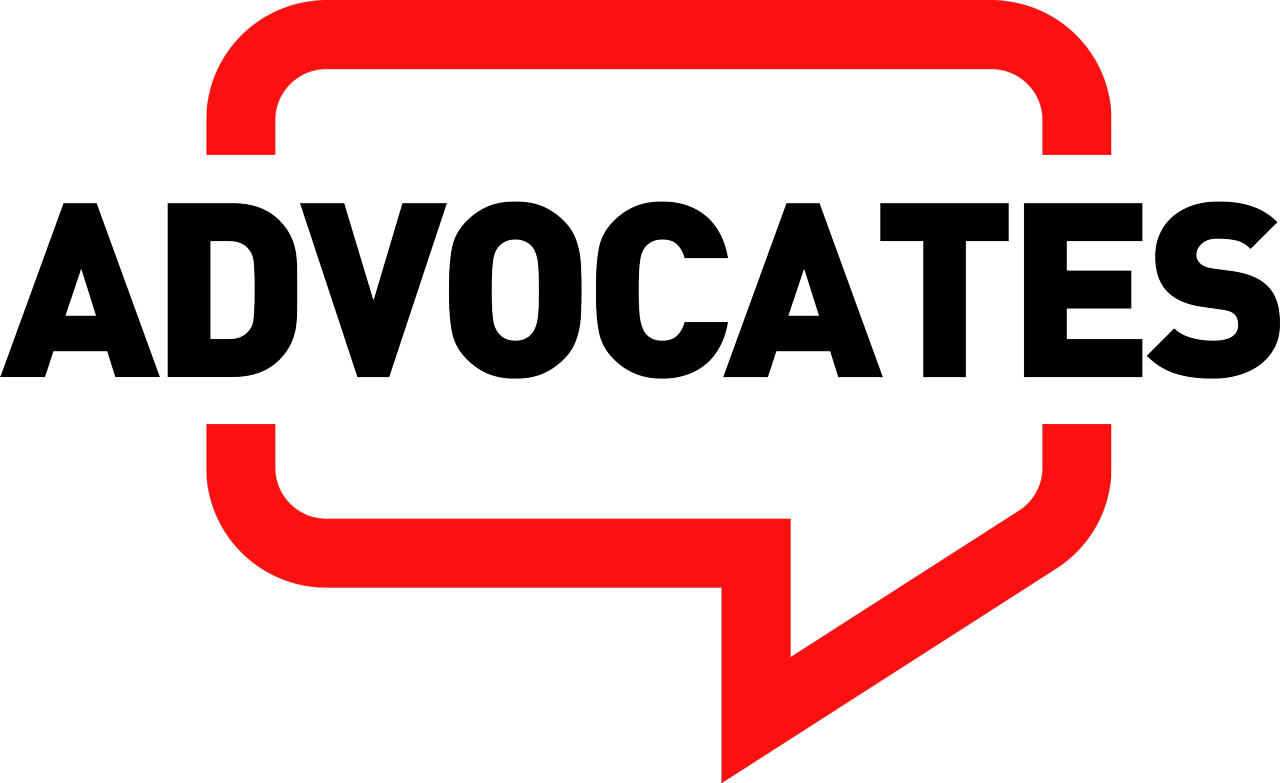NATIONAL
Advocates Philippines
Privacy Vs. Public Interest: Where Should The Line Be Drawn?
Screengrab from viral video online
A recent controversy involving a congressman allegedly caught on camera watching “online sabong” during a live House session has reignited public debate on data privacy and press freedom. The lawmaker claims his privacy was violated when news outlets published footage of the incident. But can public officials expect full privacy when performing official duties in public view?
To answer that, we must turn to the law—and to the deeper principles behind it.
Under the Data Privacy Act of 2012 (DPA), privacy is a fundamental right. The law aims to protect individuals from unauthorized processing of their personal data. However, the protection is not absolute, especially when it comes to those in public office. As Raymund Enriquez Liboro, former Privacy Commissioner and founder of Privacy and Security by Design, Inc., points out, “The DPA was never intended to be a refuge from accountability.”
Section 4 of the DPA explicitly states that the law does not cover information about government employees in relation to their position or functions—particularly if such data is necessary to uphold transparency, accountability, or legitimate public interest.
In this particular case, the congressman was not in a private setting. He was on the House floor, participating in a public session that was being broadcast live. By the nature of his role and location, he had a diminished expectation of privacy. His actions—occurring in full view of both his colleagues and the public—fall under matters of public concern.
The Supreme Court of the Philippines has long upheld the public’s right to information, especially on issues involving the conduct of government officials. The media’s role in this context is not merely to inform, but to serve as a watchdog of democracy. Capturing and reporting on the behavior of elected officials during official proceedings is part of this essential duty.
Critically, the footage in question did not expose any personal or intimate details unrelated to the congressman’s public role. It simply showed conduct that, in the eyes of many, is questionable—especially when done during a legislative session funded by public resources.
What this incident underscores is the need to balance two important rights: the individual’s right to privacy and the public’s right to know. These principles are not inherently at odds, but they must be weighed in the proper context. For public officials, the bar is set higher. They are entrusted with public service and are expected to uphold integrity—not just behind closed doors but in full view of the people they serve.
As Liboro emphasizes, data privacy must not be weaponized to deflect legitimate scrutiny. The DPA was never designed to shield public servants from the consequences of their own actions, particularly when those actions happen under the public eye.
This case serves as a timely reminder: in a democracy, transparency and accountability are not optional—they are foundational. Public trust depends on them. And while privacy remains a right for all, those who hold public office must remember that with power comes not only responsibility, but greater public visibility.
To answer that, we must turn to the law—and to the deeper principles behind it.
Under the Data Privacy Act of 2012 (DPA), privacy is a fundamental right. The law aims to protect individuals from unauthorized processing of their personal data. However, the protection is not absolute, especially when it comes to those in public office. As Raymund Enriquez Liboro, former Privacy Commissioner and founder of Privacy and Security by Design, Inc., points out, “The DPA was never intended to be a refuge from accountability.”
Section 4 of the DPA explicitly states that the law does not cover information about government employees in relation to their position or functions—particularly if such data is necessary to uphold transparency, accountability, or legitimate public interest.
In this particular case, the congressman was not in a private setting. He was on the House floor, participating in a public session that was being broadcast live. By the nature of his role and location, he had a diminished expectation of privacy. His actions—occurring in full view of both his colleagues and the public—fall under matters of public concern.
The Supreme Court of the Philippines has long upheld the public’s right to information, especially on issues involving the conduct of government officials. The media’s role in this context is not merely to inform, but to serve as a watchdog of democracy. Capturing and reporting on the behavior of elected officials during official proceedings is part of this essential duty.
Critically, the footage in question did not expose any personal or intimate details unrelated to the congressman’s public role. It simply showed conduct that, in the eyes of many, is questionable—especially when done during a legislative session funded by public resources.
What this incident underscores is the need to balance two important rights: the individual’s right to privacy and the public’s right to know. These principles are not inherently at odds, but they must be weighed in the proper context. For public officials, the bar is set higher. They are entrusted with public service and are expected to uphold integrity—not just behind closed doors but in full view of the people they serve.
As Liboro emphasizes, data privacy must not be weaponized to deflect legitimate scrutiny. The DPA was never designed to shield public servants from the consequences of their own actions, particularly when those actions happen under the public eye.
This case serves as a timely reminder: in a democracy, transparency and accountability are not optional—they are foundational. Public trust depends on them. And while privacy remains a right for all, those who hold public office must remember that with power comes not only responsibility, but greater public visibility.
Aug 1, 2025
We are dedicated storytellers with a passion for bringing your brand to life. Our services range from news and media features to brand promotion and collaborations.
Interested? Visit our
Contact Us page for more information. To learn more about what we offer, check out our latest article on services and opportunities.


